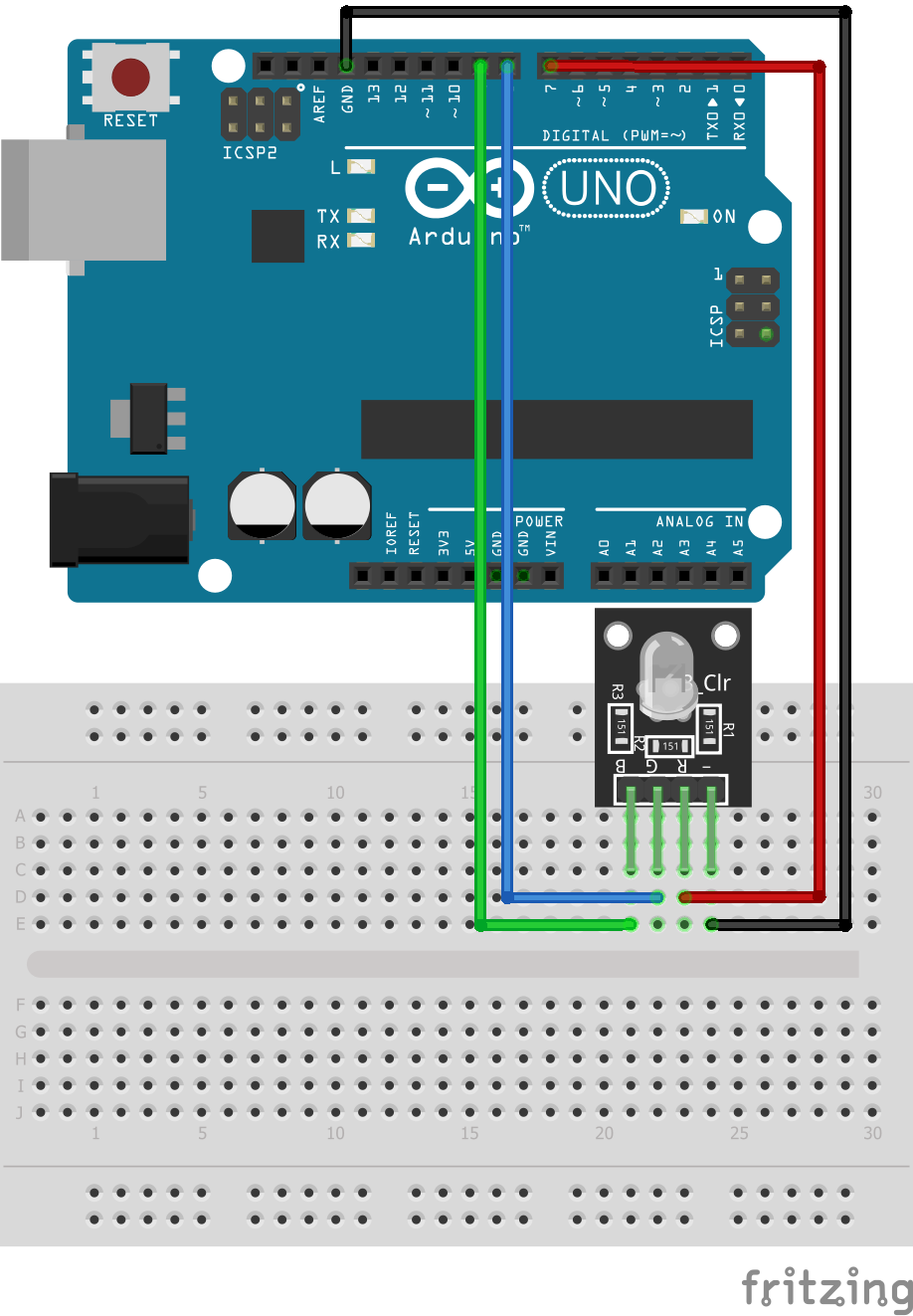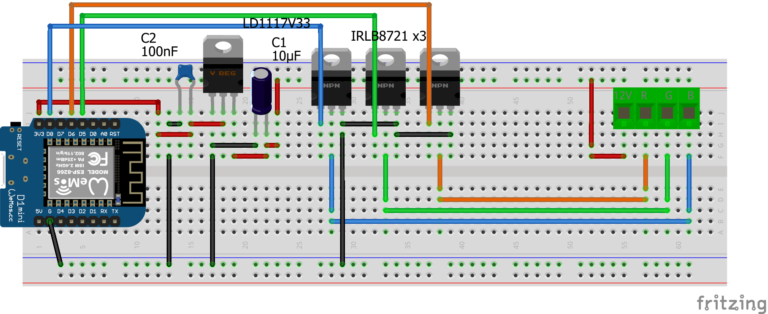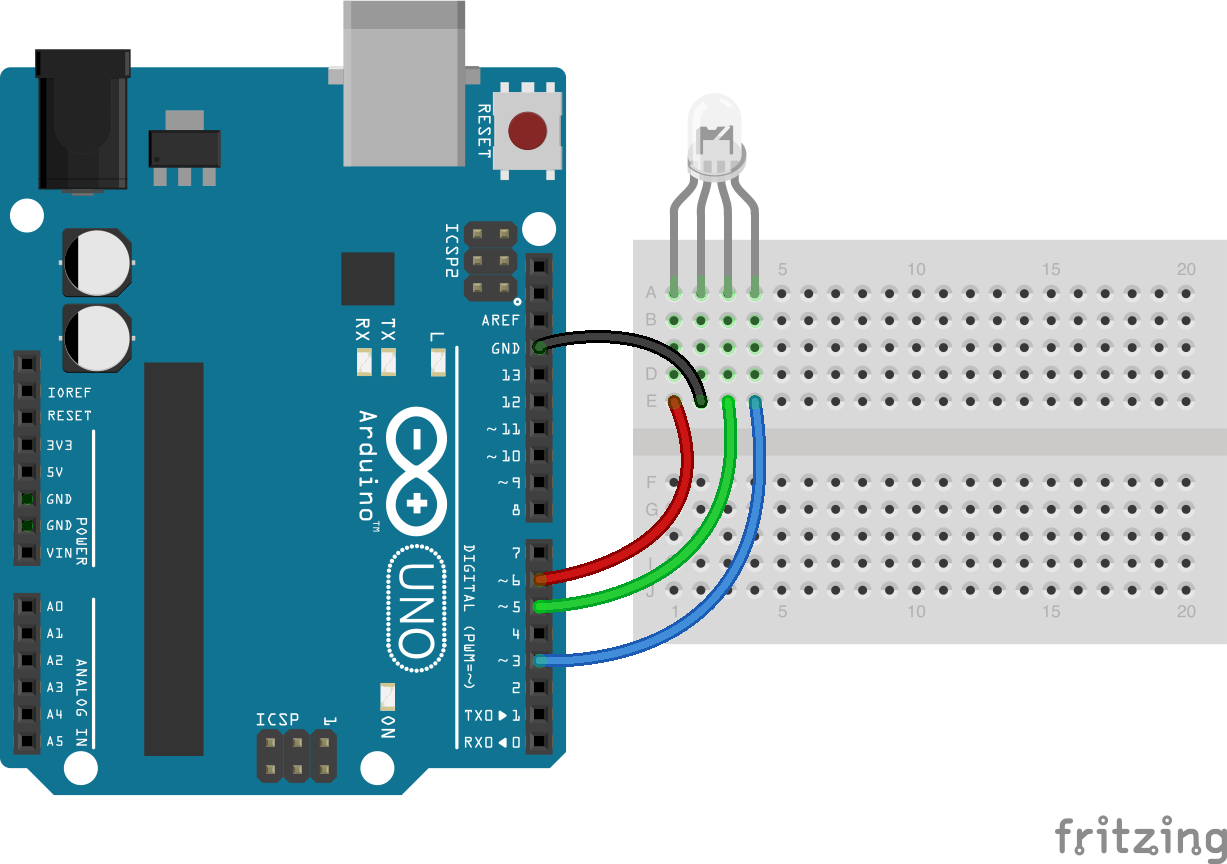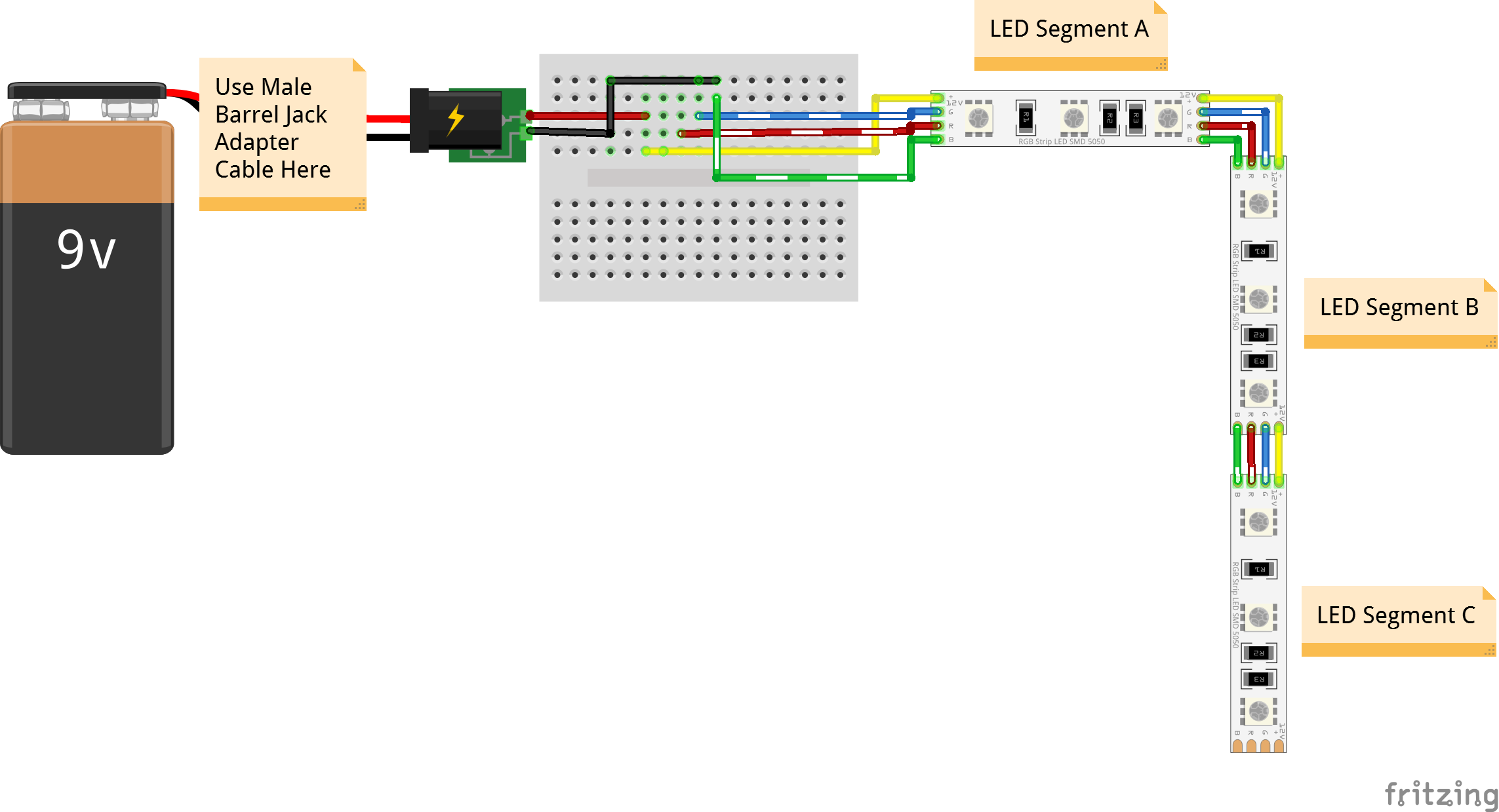

Note that one pair of the Ground/3.3V connects to the upper two (horizontally connected) rows of the breadboard.See the fritzing diagram below to understand what a suitable setup might look like.Setup the Raspberry Pi Cobbler / T-Extension Board on the Breadboard.Your connections should look like the following – Lets wire up your circuit based on the fritzing diagram below. Once you have put the circuit together, get someone around you to review the circuit and confirm that the connections are proper before you proceed and power up the breadboard. PLEASE NOTE – Please make sure you have disconnected your breadboard from the Raspberry Pi before commencing build of the circuit. 1 40-Pin Cable to connect the Raspberry Pi Cobbler / T-Extension Board to the Raspberry Pi.1 Raspberry Pi Cobbler / T-Extension Board.Now, let’s get started.Ĭomponents required for this tutorial include –

We use 3 x 220 Ohm resistors to limit the current flowing through the LED. We will generate a PWM signal and vary the duty time of the signal to change the rate at which the RGB LED brightness increases and decreases.

In this lesson, we will use a similar Pulse Width Modulation (PWM) approach to control the brightness of an RGB LED getting it to light-up in various kinds of colors. In our previous example we’ve used the PWM signal to gradually increase and decrease the brightness of an LED. We will wire up an RGB LED, connect it up to the Raspberry Pi through 3 x 220 Ohm resistors, power it up and write some python code.

We will start off this tutorial by first putting together the circuit using a breadboard. Our next tutorial is called, “Lighting up an RGB LED”. The common anode RGB LED is the most popular type. This results in an RGB LED that has 4 pins, one for each LED, and one common cathode or one common anode. See figure below to understand what each of them might look like :Īs you can see, the 3 LEDs can share the cathode or the anode depending on whether they are a common anode or a common cathode type. There are common anode RGB LEDs and common cathode RGB LEDs. This particular LED is a common Cathode ( -ve) LED. The three terminals you see are Red, Ground, Green and Blue. In fact, an RGB LED is a combination of 3 LEDs in just one package that allows the programmer to display all sorts of colors using the Red, Gree, Blue combination. Also, pigment colors such as brown or pink are difficult, or impossible, to achieve. Some colors are “outside” the triangle formed by the RGB LEDs. Else get connected to the Raspberry Pi using VNC.Ġ1 / What is an RGB LED – RGB LED stands for Red, Green and Blue LEDs. RGB LED products combine these three colors to produce over 16 million hues of light. If you are using a local monitor connected to the Raspberry Pi, you are all sorted. Once the Raspberry Pi has booted up, please ensure that it is able to connect it to the network so that you can access it over VNC. This should now power up the Raspberry Pi. Plug one end of the USB cable into the plug and the other microUSB end into the Raspberry Pi. Grab a good quality USB cable and a USB power adaptor (2.5A). Let’s now get started and boot up the Raspberry Pi. If that’s not the case please head back to “Lesson 0 – Setup” and work through the instructions provided. This section assumes that you have read through “Lesson 0 – Setup” and have a working Raspberry Pi you can connect to remotely using SSH or VNC.








 0 kommentar(er)
0 kommentar(er)
